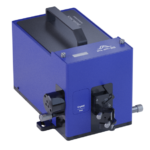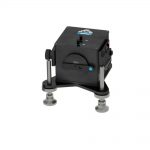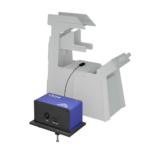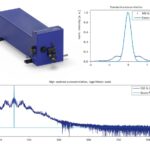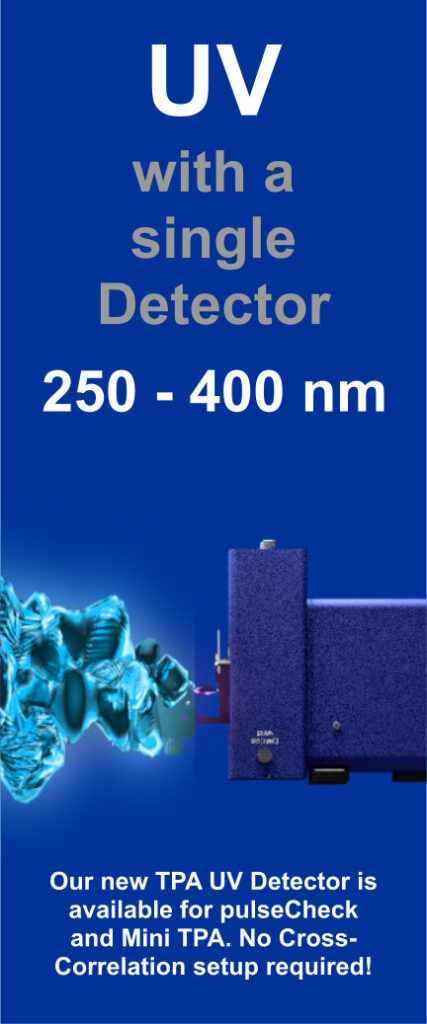Autocorrelator
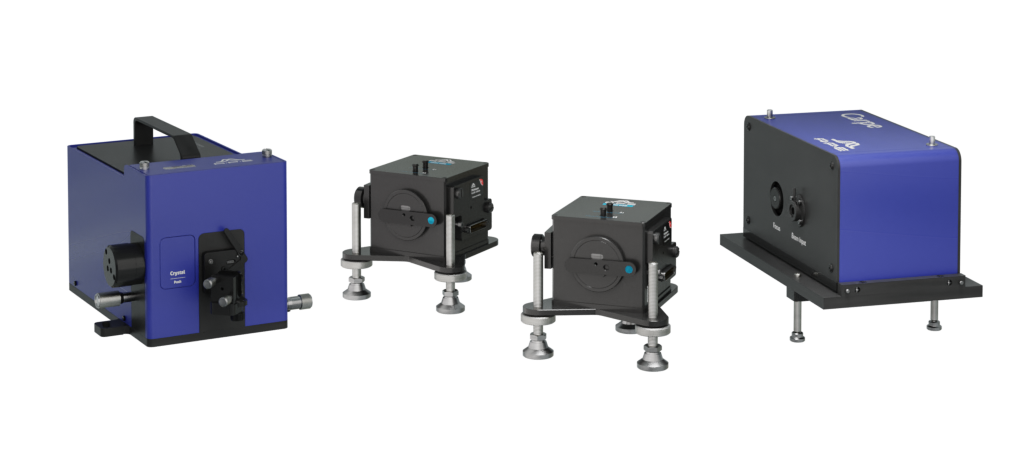
Welcome to the market leader in ultrafast pulse diagnostics. With a history of more than 30 years in designing and manufacturing autocorrelators, we have led the way in commercializing this technology and in creating reliable, robust and easy to use devices. More than 4000 instruments have been shipped worldwide, with customers in more than 60 countries, thousands of research laboratories and many industrial applications.
Our autocorrelators are compliant with the highest standards for pulse measurements (DIN 58175-2:2021-04) and their calibration is fully NIST traceable.
Today our expertise and our autocorrelators are trusted in R&D as well as in manufacturing / quality control of nearly all the leading laser manufacturers. (Coherent, Trumpf, … just to name a few) We pride ourselves to provide tools to measure laser pulses over the widest parameter range available, from UV to far infrared, from 5 fs up to 500 ps and with a dynamic range of up to 7 orders of magnitude for certain configurations. Beyond pulse length and pulse shape measurements, we provide device options for phase retrieval, with user-friendly implementations of FROG and SPIDER technologies.
Overview

APE autocorrelators are used to measure the pulse duration of femtosecond and picosecond laser systems. The technology is based on either Second Harmonic Generation (SHG) detection or Two Photon Absorption (TPA) detection principle.
The pulse duration, also called pulse width, of a laser beam source is defined as the interval between the two points in time at which the instantaneous power of the pulse reaches 50% of the peak power for the first and last time.
- Wide choice of optics and detector sets (PMT, PD, or TPA)
- Ready to use software and USB interface
- Wide wavelength range from 200 nm to 12 μm
- Wide range of pulse widths from below < 5 fs to 500 ps
- Compact footprint with the Mini PD and Mini TPA line
- NIST traceable calibration
- TCP/IP remote control with standardized command set for easy programming
- Fully compliant with DIN 58175-2:2021-04 (pulse measurement)
Sensitivity to Measure Pulse Widths
The sensitivity of an autocorrelator is the minimum amount of input signal required to generate a specified autocorrelation signal. The specified sensitivity is defined as the average power multiplied by the peak power of the incoming pulses and is usually expressed as W2.
Depending on the laser parameters it is not always advantageous to use detectors with high sensitivity, for example to prevent saturation of the detectors. Our APE staff will be happy to advise you on the selection of a suitable detector.
PMT, PD, or TPA: For pulse measurement with extreme sensitivity and low pulse energy, we recommend our photomultiplier (PMT) detector. Spectrally enhanced photodiodes (PD, TPA), on the other hand, are the ideal choice for measurements requiring sensitivities of a few mW2.
- Photomultiplier (PMT): Highest sensitivity up to 10-6 W2
- Two Photon Absorption (TPA): High sensitivity up to 10-2 W2
- Photodiode Detector (PD): Standard sensitivity up to 1 W2
Helpful Features to Measure Pulse Durations
All APE Autocorrelators with NIST Traceable Calibration
An important requirement for quality assurance systems is the traceability of a measuring instrument to international or national standards. For this reason, all APE autocorrelator models are calibrated to a traceable standard according to NIST specifications (NIST = U.S. National Institute of Standards and Technology). Each manufactured unit comes with a printed and signed calibration certificate. The calibration can of course be renewed at our premises or by a certified partner at any time.
Collinear and Non-Collinear Measurement: The Best of Two Worlds
pulseCheck and Mini PD offer the possibility to measure both collinear and non-collinear. It is possible to switch between both modes.
In collinear mode, interference occurs between the two pulse trains. Such an autocorrelation is also called interferometric autocorrelation or fringe-resolved measurement. It is used in particular for very short pulses. The collinear mode provides additional qualitative information about the phase, the chirp and the central wavelength of the pulse.
In non-collinear mode the autocorrelation becomes background-free. This type of measurement is also called intensity autocorrelation. It enables a very high dynamic range to be achieved and weak satellites or echo pulses in the wings of the pulse can be detected.
The pulseCheck in combination with TPA Optics Sets and the Mini TPA offer a “hybrid” of the two modes: the collinear intensity autocorrelation.
FROG Option for pulseCheck
Complete pulse characterization with FROG (Frequency-resolved Optical Gating) is possible for most pulseCheck autocorrelators. FROG allows pulseCheck to measure the spectral and temporal bandwidth and phase. FROG can be added to pulseChecks by user with just a few simple changes to the autocorrelator. With the supplied software, the laser pulse intensity is displayed as a function of time and frequency (wavelength). The result is visualized in the form of the common FROG trace diagram. More information about FROG.
Acquisition Software and Remote TCP/IP Included
All autocorrelator models come with easy-to-use data acquisition software that enables real-time data acquisition and display. In addition, APE’s TCP/IP-based standard software interface allows automated measurements to be set up. This allows users to create their own automated measurement routines. Our protocol templates can be used for configuration with popular programming languages such as C++, C#, LabVIEW, Python, Matlab and Ruby.
Easy-to-operate through Automatic Phase Matching
Phase-sensitive nonlinear processes, such as those associated with autocorrelators, require phase matching to achieve an efficient energy conversion by second harmonic generation. This phase matching is performed fully automatically for all wavelengths by APE’s pulseCheck. Full automation thus leads to precise and fast operation of the autocorrelator without the need for manual adjustment.
Our TPA detector-based autocorrelators are even easier to operate as they offer completely tuning-free operation over the entire wavelength range.
UV Measurements without Cross-Correlation
Together with a TPA UV Optics Set, the pulseCheck and the Mini TPA provide pulse width measurement in the UV without the need for a cross-correlation setup. This way, wavelengths from 250 nm to 400 nm are accessible. The elimination of the cross-correlation approach makes the measurement and the data evaluation easier.

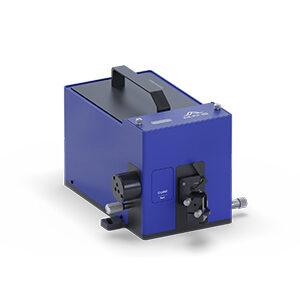 pulseCheck – The Multitalent
pulseCheck – The Multitalent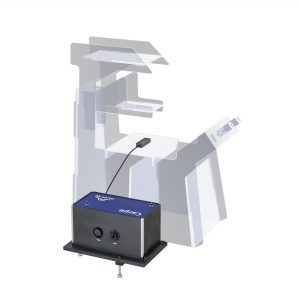 Carpe – Measure Pulse Duration at the Spot of the Sample
Carpe – Measure Pulse Duration at the Spot of the Sample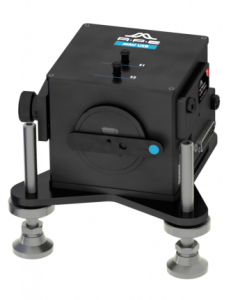 Mini TPA/PD – Compact Size
Mini TPA/PD – Compact Size